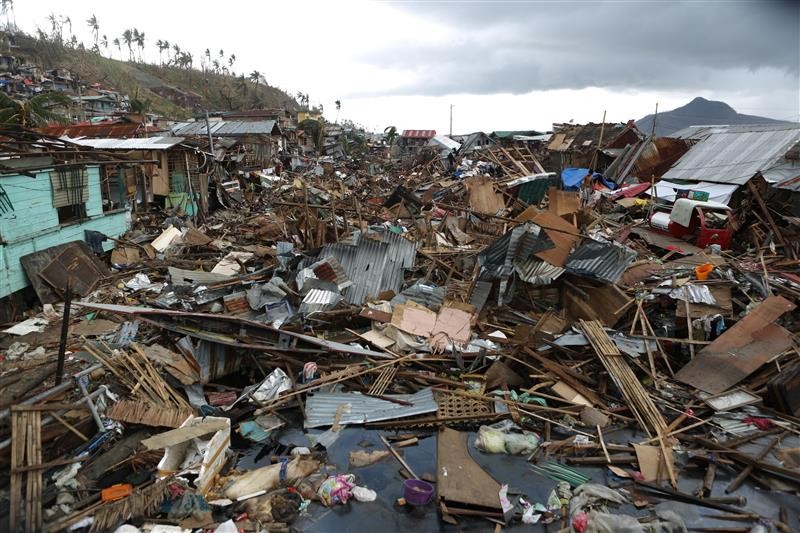
November 2013. Tacloban, Philippines. Typhoon Haiyan, known as Super Typhoon Yolanda in the Philippines, was one of the most intense tropical cyclones on record. FILE PHOTO
MANILA, Philippines — Eleven years after tropical cyclone Haiyan, otherwise known in the Philippines as super typhoon Yolanda, Filipinos are better prepared for disaster but still need more support and investments, a Harvard study showed.
In its study, the Harvard Humanitarian Initiative (HIH) – a program on humanitarian crises and human rights – revealed that Filipinos’ self-reported disaster preparedness level has climbed by 42 percent on average over the past seven years.
“Nationwide data collected from 4,608 Filipinos across all regions from February to March 2024 show an average score of 19.2 out of 50 across five objective measures of disaster preparedness: planning, training, material investment, information, and social support. Each criterion received a score from 0 to 10,” said HIH.
According to HIH, the data showed a “significant improvement from an average score of 13.5 out of 50 in a pioneering study conducted by HHI in 2017.”
Despite this, HIH pointed out that it is not enough for a country with the “highest disaster risk” in the world to be complacent with such data.
“A score of 19.2 highlights both progress and areas needing urgent attention. While it shows an improvement in disaster preparedness, the score suggests that Filipinos are only doing 38.4 percent of the kinds of disaster preparedness activities needed to be prepared,” says Dr. Vincenzo Bollettino, director of the HHI Resilient Communities program.
“For a country as vulnerable to disasters as the Philippines, this is not enough, so we must accelerate our efforts to ensure Filipinos are investing, planning, training, and building closer ties to their communities,” Bolletino added.
Yolanda, which is said to be the strongest typhoon in world history, ravaged the central Philippines on Nov. 8, 2013, and wreaked havoc on 175 cities and towns in 14 provinces in six regions. The disaster killed more than 6,000 people.